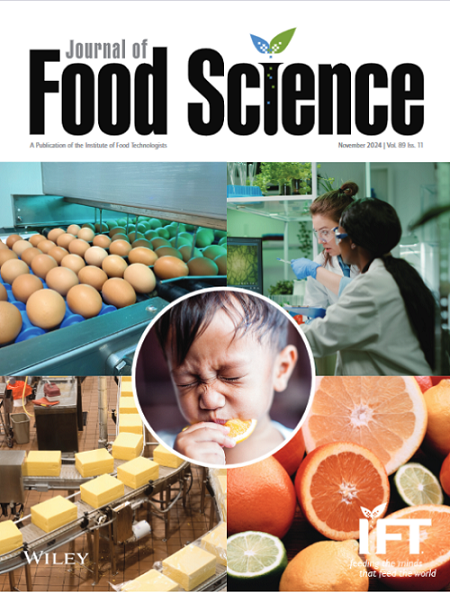Docosahexaenoic Acid Isomerized Through [1,5] and [1,3] Sigmatropic Rearrangements During Deodorization Process: Perspective of Density Functional Theory
Abstract
ABSTRACT
The isomerization of docosahexaenoic acid (DHA) is intricate, leading to DHA loss during the industrial deodorization process. In this research, deodorization parameters of algae oil were optimized on a laboratory scale, with recommendations for temperature not exceeding 190°C and duration no longer than 70 min. The formation of conjugated trienes and dienes was confirmed by infrared spectrum and nuclear magnetic resonance analysis. To verify the formation process of conjugated trienes and dienes, density functional theory was employed. It was established that both [1,5] and [1,3] sigmatropic rearrangements transpired within this process. The [1,5] sigmatropic rearrangements exhibited lower activation energy than [1,3] counterparts, indicating that [1,5] sigmatropic rearrangements are more facile. This study validated the positional isomerization of DHA and offered valuable guidance for the algae oil production industry.
Practical Application
This study examines how DHA levels decrease during the refining process of algal oil. It suggests a temperature threshold of 190°C and a processing time of 70 min to minimize this loss. These findings can guide improvements in algal oil refining and help consumers understand why DHA is lost during processing.

 求助内容:
求助内容: 应助结果提醒方式:
应助结果提醒方式:


